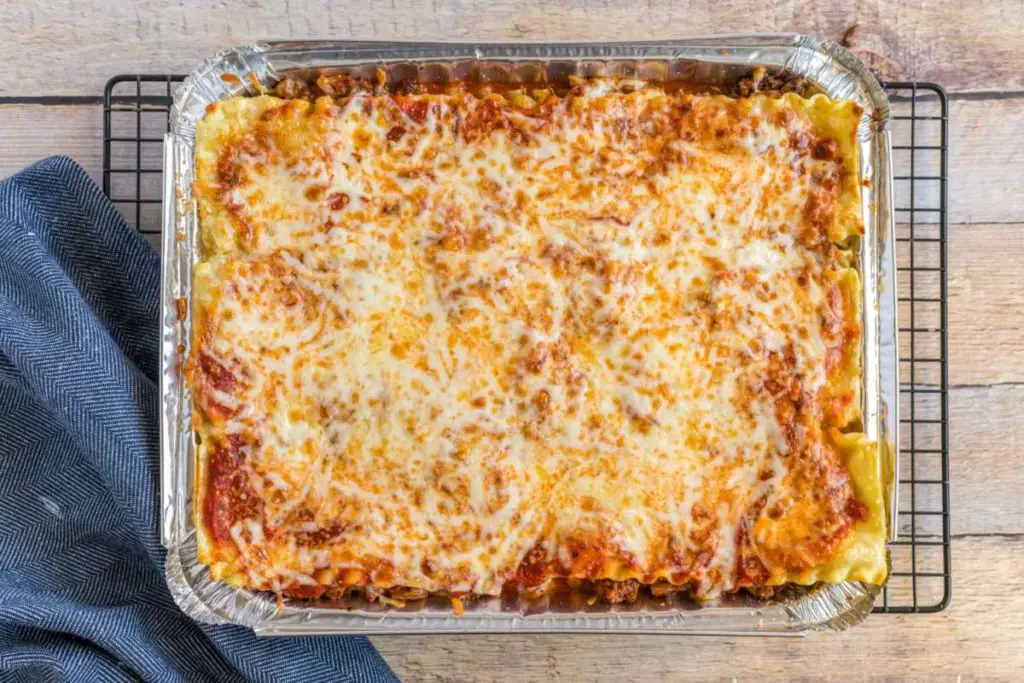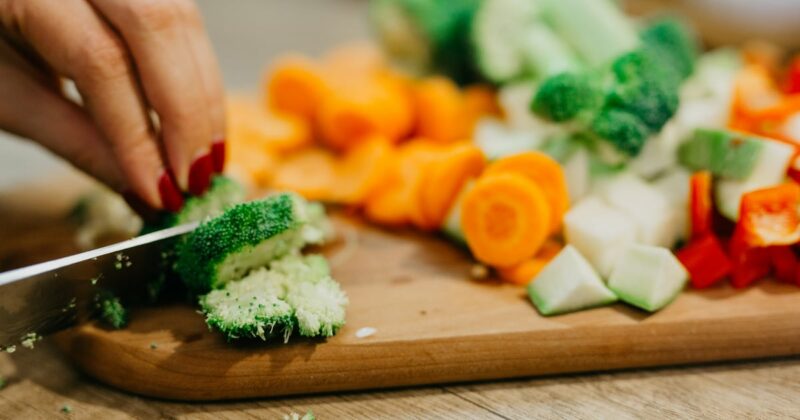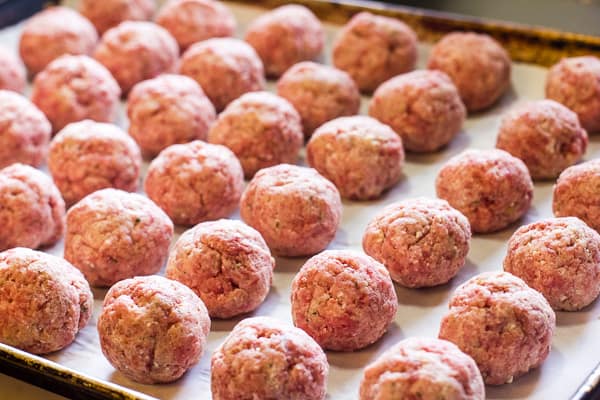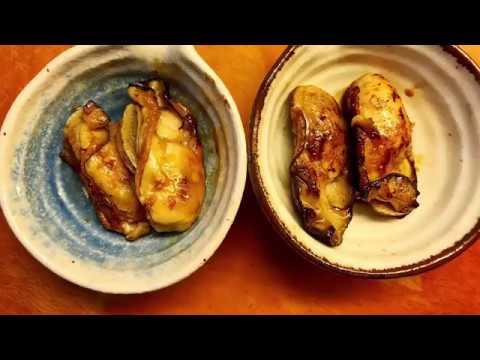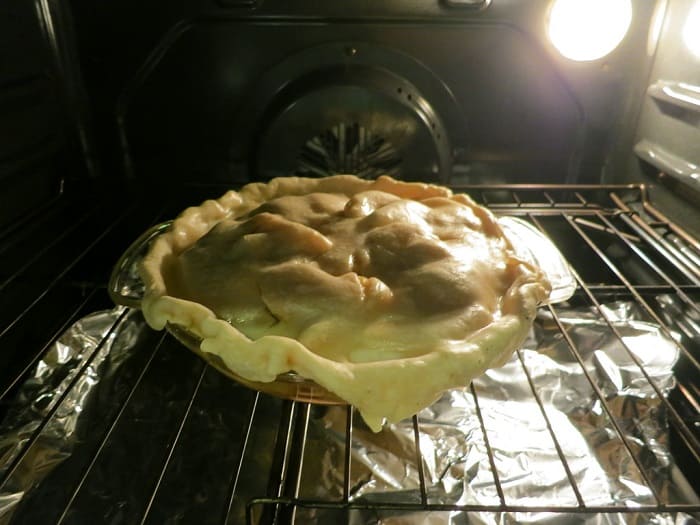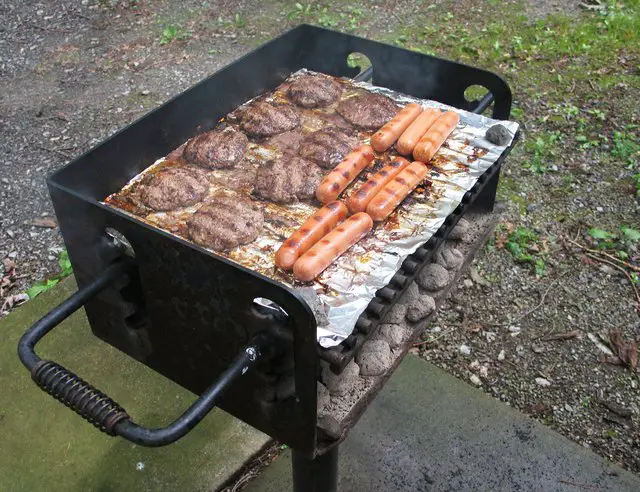Lasagna is a classic Italian dish that has been enjoyed for centuries. It is made with layers of pasta, cheese, and meat sauce and baked until bubbling, golden brown perfection in the oven. When it comes to cooking lasagna, one question that often arises is whether or not it is okay to use an aluminum baking pan. In this article, we will explore the pros and cons of using an aluminum pan for lasagna, as well as how to choose the right one and prepare it for cooking.
The Pros and Cons of Cooking Lasagna in an Aluminum Pan
Pros
Conducts heat well
Aluminum is a great conductor of heat, meaning that it heats up quickly and distributes heat evenly throughout the pan. This makes it perfect for cooking lasagnas because you can be sure that the entire dish will be cooked evenly.
Affordable
Another benefit of using an aluminum pan is that it is often very affordable compared to other types of bakeware. You can find them at most grocery stores or kitchen supply shops for a reasonable price.
Lightweight and easy to handle
Aluminum pans are also very lightweight, which makes them easy to handle when transferring your lasagna to and from the oven. This can help reduce the risk of spilling or dropping your dish, especially if you have a larger family-sized pan.
Cons
May react with acidic ingredients in the lasagna, affecting taste
One issue with using an aluminum baking dish for lasagna is that some acidic ingredients, such as tomatoes in your sauce, may cause a reaction with the aluminum. This can affect the taste of your finished dish and may even cause discoloration or warping of your pan over time.
May warp or bend during cooking
Due to their lightweight construction, some aluminum pans are prone to warping or bending during prolonged exposure to high heat. This can make it difficult to cook lasagnas evenly and may cause damage to your pan over time if not careful.
How to Choose the Right Aluminum Pan for Your Lasagna
When choosing an aluminum pan for your lasagna, there are a few important factors that you should keep in mind. These include size, thickness, and shape.
Size
Firstly, consider the size of your lasagna dish and choose a pan that matches those dimensions. You want to ensure that your lasagna will fit comfortably in the pan without overcrowding or spilling over during cooking.
Thickness
The thickness of your aluminum pan is also important to consider. A thicker pan will distribute heat more evenly and be less likely to warp or bend than a thinner one.
Shape
Finally, think about the shape of your pan. Some pans are designed with deeper sides or handles for easier lifting and transferring, while others have flat edges for creating even layers in your pasta dish.
Based on our experience and tests, we recommend choosing an aluminum baking dish that is at least 2 inches deep and has a thickness of around 0.5mm-1mm for best results when cooking lasagnas.
Preparing Your Aluminum Lasagna Pan for Cooking
Before using your aluminum lasagna pan for cooking, it’s essential to clean and season it properly first. Here are some tips on how to do so:
- Wash your pan with warm water and mild dish soap before its first use.
- Dry with a soft cloth or towel.
- Season the surface by rubbing a thin layer of vegetable oil all over the inside.
- Heat up to 350°F/175°C in the oven until smoke rises from the surface.
- Let cool down then wipe off excess oil with paper towels.
Seasoning helps prevent sticking during baking and creates an anti-rust barrier between different ingredients that may react during preparation.
Making the Perfect Lasagna in an Aluminum Pan
Now that we’ve covered the basics of choosing and preparing your aluminum lasagna pan let’s turn our attention to making the perfect lasagna in it.
Step-by-step instructions for making lasagna
- Preheat your oven to 375°F/190°C.
- Cook your pasta sheets by following the directions on the package.
- Layer your ingredients onto your aluminum pan, starting with a thin layer of sauce on the bottom, followed by pasta sheets, meat sauce, and a sprinkle of cheese.
- Repeat until all ingredients are used up, ending with a layer of cheese on top.
- Cover with foil and bake for 25-30 minutes.
- Remove foil and bake for an additional 10-15 minutes until golden brown.
It’s essential not to overcook or undercook your lasagna as this can lead to uneven texture throughout the dish.
Tips for layering your ingredients correctly
- Use a spoon or ladle to evenly spread out each layer of sauce and filling across the entire surface area of your pan.
- Be sure always to use enough sauce so that each pasta sheet is covered but not swimming in liquid.
- Make sure you have an even distribution of cheese across each layer.
Serving and Storing Your Cooked Lasagna
Once you’ve successfully cooked your lasagna in an aluminum pan, there are some important serving and storing tips to keep in mind.
Tips on slicing and serving a perfect piece of lasagna
Firstly, allow your lasagna to cool for several minutes before cutting into it. This will prevent it from falling apart too easily when sliced.
To slice perfectly portioned pieces:
- Dip the knife into hot water then dry it off
- Cut slices cleanly through the center using gentle saw-like motions
- Gently lift out each slice using a flat spatula or pie server
Repeat these steps until all slices are removed.
Recommendations on how long you can store leftover lasagnas in an aluminum pan
If you have any leftovers, you can store them in your aluminum pan. Cover with a tight-fitting lid or plastic wrap and place in the refrigerator for up to three days.
When reheating, make sure to use an oven temperature of 350°F/175°C or above, and bake for 20-30 minutes until heated through.
Conclusion
In summary, cooking lasagna in an aluminum pan is perfectly safe and can even have some benefits such as distributing heat evenly and being affordable. However, be careful when choosing an appropriate size, thickness, and shape. Be mindful of potential reactions with acidic ingredients and take care not to overcook or undercook your dish.
By following our tips on preparing your aluminum lasagna pan for cooking, layering your ingredients correctly, serving perfect portions, and storing leftovers safely – you’ll be sure to impress everyone at the dinner table.
Q&A
- Q: Can I cook lasagna in an aluminum pan? A: Yes, you can definitely cook lasagna in an aluminum pan. In fact, it is one of the most commonly used materials for cooking lasagna due to its affordability and durability.
- Q: Will cooking lasagna in an aluminum pan affect the flavor of the dish? A: No, cooking lasagna in an aluminum pan will not affect the flavor of your dish. The material of the pan does not have any impact on the taste or texture of your food.
- Q: Are there any health concerns with cooking lasagna in an aluminum pan? A: While there have been some studies linking excessive aluminum intake to negative health effects, the amount of exposure from using aluminum cookware is considered negligible and safe for most people.
- Q: Should I take any precautions when cooking lasagna in an aluminum pan? A: It is recommended to avoid using abrasive materials for cleaning as they can scratch the surface and cause discoloration over time. Additionally, you may want to line the bottom of your aluminum pan with parchment paper or foil to prevent sticking.
